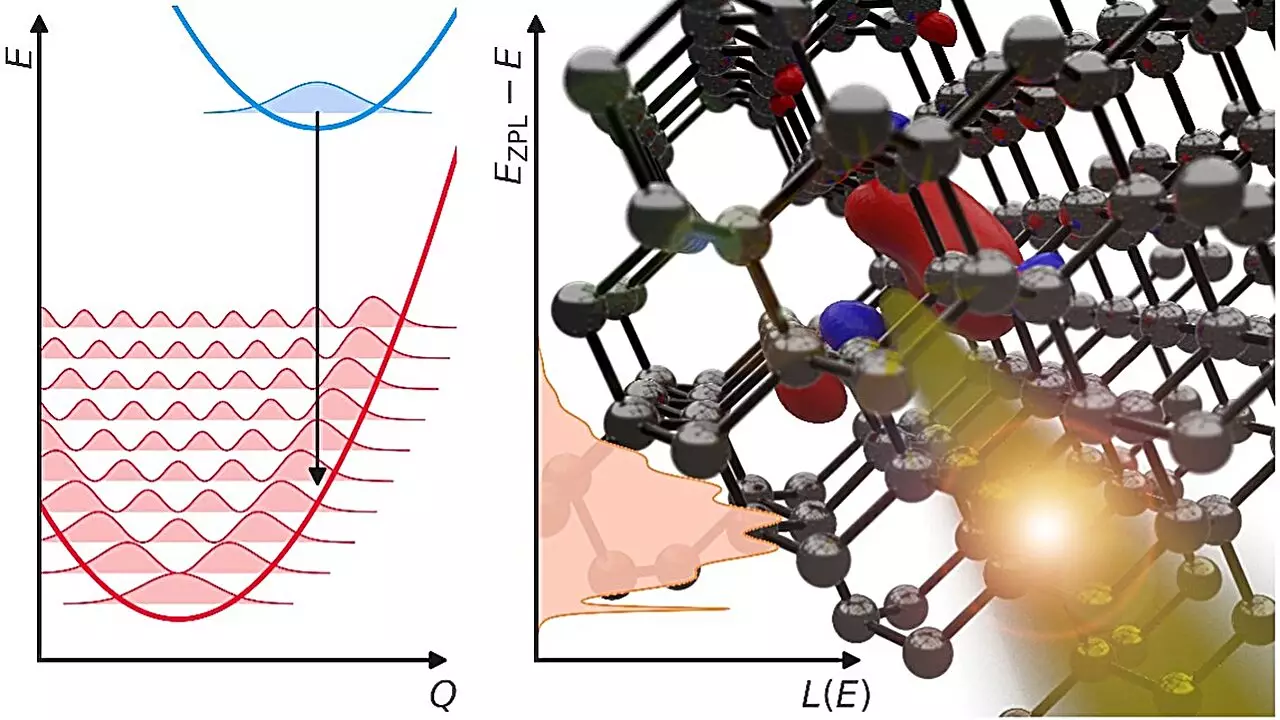As we delve deeper into the realm of quantum computing, an important question surfaces: What mechanisms will empower these advanced machines to communicate effectively? The answer lies in the establishment of a robust quantum internet, where photons serve as the backbone of data transmission. This is not just a theoretical exploration; it is essential for the realization of practical quantum networks. Unlike classical computers, which can rely on traditional internet infrastructure, quantum computers require specific physical principles to operate over distances while maintaining data integrity.
At the core of quantum communication is the concept of entanglement, a peculiar phenomenon where particles remain interconnected regardless of the distance separating them. This unique connection is crucial for transmitting quantum information securely and efficiently. However, to fully harness the potential of quantum computing, researchers need to decode the challenges associated with creating stable, efficient photon emitters that can generate entangled photons.
Photons: The Ideal Medium for Quantum Information
Photons, the elementary particles of light, emerge as the strongest candidates for transmitting quantum information across networks. Unlike electrons and other charged particles, photons possess minimal interaction with their surroundings, allowing them to maintain the fragile quantum states essential for entanglement over long distances. The quest for sustainable and reliable sources of single photons—light particles that exist in a pure quantum state—has driven a significant portion of current research in physics.
Researchers have made remarkable advancements in generating single photons, including innovative methods exploiting atomic-scale imperfections within crystals. Yet, the challenge remains: how to produce these photons in the precise wavelength ranges enjoyed by fiber-optic cables, particularly within the telecom wavelength band—the crucial range for effective real-world applications. Understanding and manipulating the physical properties responsible for photon emission efficiency in these settings is essential for facilitating robust quantum communication.
A Breakthrough in Photon Emission Efficiency
Recently, a team of researchers from the UC Santa Barbara College of Engineering has shed light on the intricate relationship between atomic vibrations and photon emission. According to Professor Chris Van de Walle, atomic fluctuations can drain the energy necessary for effective photon emission. This means when energy is lost through these vibrations, photons are either emitted inefficiently or not at all. Van de Walle’s team developed theoretical models to provide a comprehensive understanding of this phenomenon, idiosyncratically detailing how different defect properties affect light-emission efficiency.
Their research elucidates why efficiency drops significantly as the emission wavelengths shift from visible light into the infrared spectrum. This understanding highlights a critical pathway for solving the efficiency problems of photon emitters. By targeting both the composition of the host material and the vibrational characteristics at an atomic level, researchers hope to engineer brighter, more efficient quantum emitters that can revolutionize quantum networking.
Engineering the Future of Quantum Emitters
Mark Turiansky, a postdoctoral researcher in the Van de Walle laboratory, emphasizes the significance of strategic design choices. By carefully selecting host materials and customizing the vibrational attributes, there are promising avenues to improve photon emission efficiency. Moreover, collaboration is key, as indicated by the synergy involving computer engineering professor Galan Moody and graduate student Kamyar Parto. Their joint efforts focused on coupling photon emitters with photonic cavities have the potential to drastically enhance the performance of quantum systems.
These collaborative research efforts underscore the multidimensional approach necessary to address the challenges facing quantum communication. A concerted focus on integrating physics, materials science, and engineering is the compass that will guide research in this space, ensuring that practical, high-performance quantum networks become a reality.
The Path Forward: Designing Tomorrow’s Quantum Networks
As we stand on the brink of a quantum revolution, the development of efficient photon emitters is paramount. With insights gained from research conducted at UC Santa Barbara, the blueprint for designing cutting-edge quantum emitters is clearer than ever. Quantum computing holds transformative power, not just for computing capability, but for secure communication, data integrity, and a myriad of applications yet to be fully realized.
Navigating the complexities of photon emission and quantum networking requires an interdisciplinary approach that combines theoretical knowledge with experimental application. This evolution in quantum technology could usher in an era defined by unprecedented advancements, poised to make quantum internet a foundational architecture for the future of global communication. The quest is not just about communication speed; it’s about redefining the limits of possibility in our interconnected world.


Leave a Reply